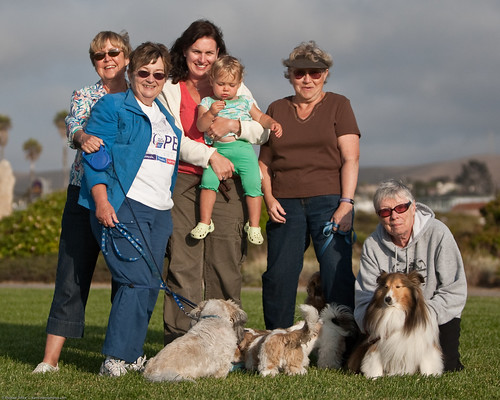“Trên đầu ba thước đều có Thần-Minh giám xét, muốn gặp lành tránh họa là do chính ta”. Một người luôn luôn cẩn thận về lời nói và hành vi của mình, không hổ thẹn với người, không đắc tội với Trời đất quỷ Thần, trong lòng khiêm tốn nhún nhường, sẽ được Trời đất quỷ Thần thương mà giáng phúc . Trái lại kẻ hay tự mãn kiêu ngạo thường là người không có phúc, và dẫu có cũng không được lâu dài .
Người có trí-tuệ, minh lý, tất nhiên không muốn có một tấm lòng hẹp hòi mà cự tuyệt cái phúc trời giáng cho mình. Huống chi một người khiêm-tốn nhã nhặn, có thể tiếp nhận lời khuyên răng chỉ dẫn cuả tha nhân mà học được những cái hay của người. Do đó đức khiêm-tốn là một điều không thể thiếu được trên con đường tu thân tích phúc.
Người xưa nói: ” Có chí nơi công danh tất được công danh. Có chí nơi phú quý tất được phú qúy”. Người có chí như cây có rễ. Lập chí này nên luôn luôn khiêm-tốn, dù chỉ là một sự việc nhỏ nhen, đều nên ra tay trợ giúp người. Như thế Trời đất sẽ cảm động và phúc sẽ đến với ta. Những người muốn cầu công danh , nhưng không được toại là ban đầu tuy có lập chí, nhưng chỉ là cảm hứng một thời mà không có thủy chung.
Người có trí-tuệ, minh lý, tất nhiên không muốn có một tấm lòng hẹp hòi mà cự tuyệt cái phúc trời giáng cho mình. Huống chi một người khiêm-tốn nhã nhặn, có thể tiếp nhận lời khuyên răng chỉ dẫn cuả tha nhân mà học được những cái hay của người. Do đó đức khiêm-tốn là một điều không thể thiếu được trên con đường tu thân tích phúc.
Người xưa nói: ” Có chí nơi công danh tất được công danh. Có chí nơi phú quý tất được phú qúy”. Người có chí như cây có rễ. Lập chí này nên luôn luôn khiêm-tốn, dù chỉ là một sự việc nhỏ nhen, đều nên ra tay trợ giúp người. Như thế Trời đất sẽ cảm động và phúc sẽ đến với ta. Những người muốn cầu công danh , nhưng không được toại là ban đầu tuy có lập chí, nhưng chỉ là cảm hứng một thời mà không có thủy chung.
Một bậc cao tăng phạm hạnh đáng kính đã rơi nước mắt khi nghe người thân của mình ra đi. Chuyện thật bình thường, ấy vậy mà rất lạ, làm cho những đệ tử và tín đồ ngơ ngác, chẳng biết tại sao? Thì ra dù đã đoạn trần duyên, một đời ẩn dật dấn thân cho sự nghiệp giải thoát, bất động giữa muôn trùng biến động nhưng ngài vẫn là một con người tràn đầy bi mẫn, vẫn yêu thương tha thiết trần gian ô trượt này.
Ai đó nghĩ rằng, tu hành càng cao thì tình cảm càng héo khô như gỗ đá thì thật sai lầm. Cũng do vậy mà một thiền tăng ngày xưa sau ba năm tu hành luyện tâm như củi khô, đá lạnh đã bị bà già hộ pháp nổi lửa đốt cốc đuổi đi, vì “vô dụng”. Tu hành mà không còn rung cảm trước buồn vui của trần thế thì làm sao mà phát khởi đại nguyện cứu độ chúng sanh.
Trước khi trở thành Thánh nhân, chúng ta phải đích thực là một con người. Khi đã trở thành bậc Thánh rồi thì lại càng người và đời hơn. Cho nên, cùng là nước mắt nhưng không bi lụy, riêng tư, đau khổ mà chính là từ bi, yêu thương rộng khắp. Sống trong cuộc đời mà bất nhiễm, xuôi theo dòng đời mà không bị cuốn trôi, song hành với cuộc đời để yêu thương và cứu độ. Đó mới là hành động cao cả và bi mẫn nhất mà không phải người tu hành bình thường nào cũng làm được.
(ST)






 by
by 




 Emily Breder
Emily Breder 